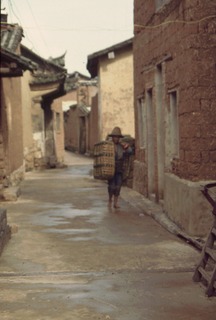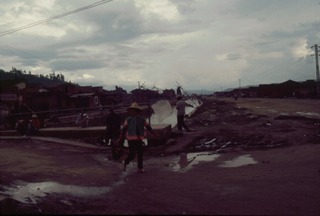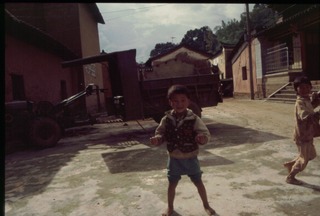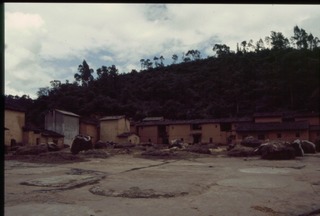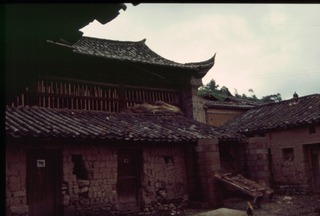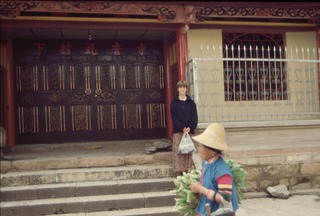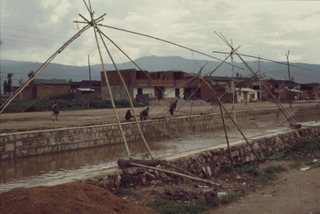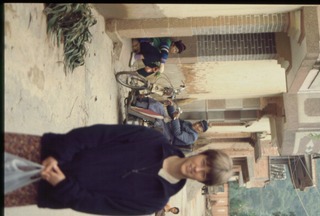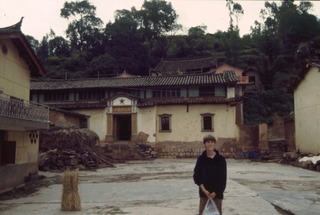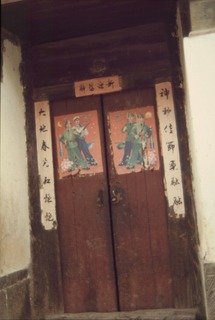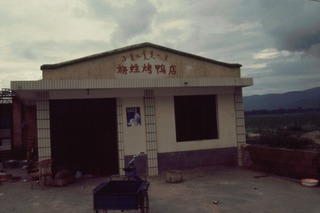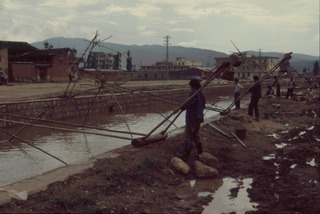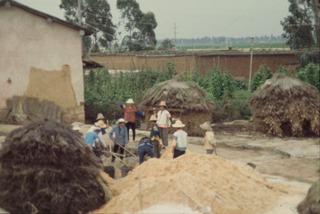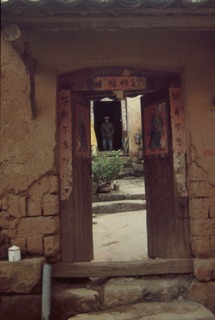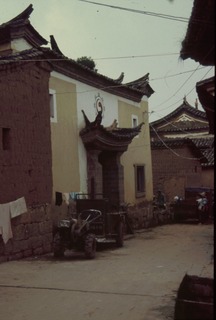Visit to a "Mongolian" village in Yunnan, China collection

Metadata
identifier
c3eec6c8-ba89-4749-8bfc-b0b96ef5793c
creator
David Sneath
type
Collection
coverage
Yunnan
description
Photographs and other materials from David Sneath’s trip to the Mongolian district of Xingmeng in Yunnan province, China in 1997. Comments on this site were published as “Some Notes on a Visit to a ‘Mongolian’ Village in Yunnan, China”, Inner Asia 1 (1999): 121–130; captions for the photographs included in this article are reproduced in the current collection.
Sneath’s investigations focus on why the people of this village strongly emphasize their Mongolian identity, which they trace back to the thirteenth-century Yuan dynasty. He writes: “Opposite the Mongolian village is a nearby Muslim (Hui) village. It is no secret that the Mongolians strongly dislike the Muslims – I was told several times in Xingmeng that the Hui were bad people, and that I should have nothing to do with them. I was mildly surprised, when I left the central village, to find the Hui settlement no more than fifteen minutes walk away. Everywhere there are the same sorts of markers of ethnicity as there were in Xingmeng, but this time used to express Hui identity. There were Islamic motifs used to decorate the buildings. Here too were shop and local government signs with both Chinese characters and words written in a flowing alphabetical script; but this time the language was Arabic rather than Mongolian. Wherever one went in the village one only had to glance up to see the Mosque, dominating the skyline. Looking back at Xingmeng, one could not fail to be struck by the resemblances between the two settlements. Both villages clustered about their great domed buildings, the Mosque on the one hand and the Mongolian cultural centre on the other.”
Sneath suggests that the Mongols of Yunnan had long intermarried with the neighbouring Yi, but asserted their ethnic Mongol status during the Qing administration for the purpose of maintaining political privilege – specifically by dissociating themselves from the nearby Muslims, who were considered “disloyal”. Sneath concludes that “in the Communist era … it would be less politic to stress the community’s loyalty to the old ‘feudal’ Qing regime, and one can see why the community would seek instead to stress their ancient cultural linkage with the distant Yuan”.
Items

Some Notes on a Visit to a ‘Mongolian’ Village in Yunnan, China
Sneath, David
Article presenting David Sneath’s reflections on the village depicted in the photographs from this collection.

David Sneath - photographs from Xingmeng, Yunnan - No. 01
Sneath, David
The mosque of the neighbouring Muslim village.

David Sneath - photographs from Xingmeng, Yunnan - No. 02
Sneath, David
Batu, the Mongolian language teacher at Xingmeng school. On his right is one of the school buildings, incorporating a ‘Mongolian’ architectural motif.

David Sneath - photographs from Xingmeng, Yunnan - No. 03
Sneath, David
The Mongolian cultural centre and local government offices is the most visible building in Xingmeng.
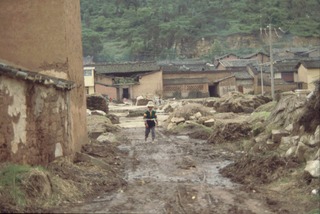
David Sneath - photographs from Xingmeng, Yunnan - No. 05
Sneath, David
The outskirts of Xingmeng village
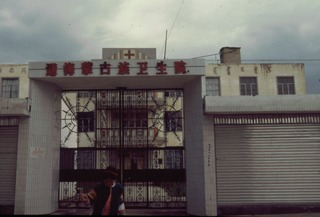
David Sneath - photographs from Xingmeng, Yunnan - No. 06
Sneath, David
The health centre with its Chinese sign, and with its Mongolian sign visible on the left.


